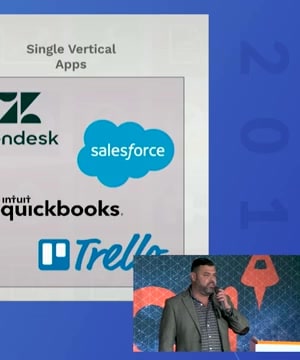Integrated applications
Sources:
Integrated applications streamline workflows and improve operational efficiency by connecting different software tools within a business. Here are some key insights from experts on the subject:
-
Enterprise Integration Strategies:
- Eberhard Wolff discusses the importance of shifting focus from creating new applications to enhancing integration within an IT infrastructure, using an enterprise application integration (EAI) approach. This includes centralizing communication through an integration bus to handle data and transformation, which helps reduce the complexity of interconnected systems and data redundancy 1.
-
Challenges with Multiple Applications:
- Yosiat Gimbernard highlights the inefficiencies of using several different applications to manage a business. He proposes modular, all-in-one solutions that integrate seamlessly, reducing the need for expensive API connectors and simplifying reporting and data management 2.
-
Pain Points in Integration:
- Brandon Foo from Paragon addresses the significant challenges faced by B2B SaaS companies in integrating numerous software applications. These include delayed integrations leading to lost deals and the difficulty of building scalable integration solutions. Paragon helps by providing pre-built connectors and a unified platform for easier integrations 3.
-
Benefits of Unified Systems:
- Transitioning to integrated platforms like Next.js can eliminate issues like slow application loading times and jarring user experiences, significantly enhancing both user satisfaction and development efficiency. This unified approach also allows for better consistency in component sharing and design systems 4.
Integrating applications effectively can address many operational challenges, streamline processes, and improve overall business efficiency.
RELATED QUESTIONS-


